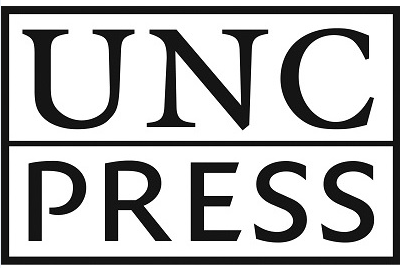In this fascinating history of alcohol in postwar American culture,
Lori Rotskoff draws on short stories, advertisements, medical
writings, and Hollywood films to investigate how gender norms and
ideologies of marriage intersected with scientific and popular
ideas about drinking and alcoholism.
After the repeal of Prohibition in 1933, recreational drinking
became increasingly accepted among white, suburban, middle-class
men and women. But excessive or habitual drinking plagued many
families. How did people view the "problem drinkers" in their
midst? How did husbands and wives learn to cope within an
"alcoholic marriage"? And how was drinking linked to broader social
concerns during the Great Depression, World War II, and the Cold
War era?
By the 1950s, Rotskoff explains, mental health experts, movie
producers, and members of self-help groups like Alcoholics
Anonymous and Al-Anon helped bring about a shift in the public
perception of alcoholism from "sin" to "sickness." Yet alcoholism
was also viewed as a family problem that expressed gender-role
failure for both women and men. On the silver screen (in movies
such as
The Lost Weekend and
The Best Years of Our
Lives) and on the printed page (in stories by such writers as
John Cheever), in hospitals and at Twelve Step meetings, chronic
drunkenness became one of the most pressing public health issues of
the day.
Shedding new light on the history of gender, marriage, and family
life from the 1920s through the 1960s, this innovative book also
opens new perspectives on the history of leisure and class
affiliation, attitudes toward consumerism and addiction, and the
development of a therapeutic culture.

